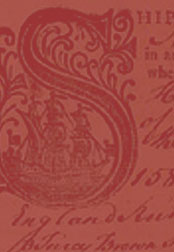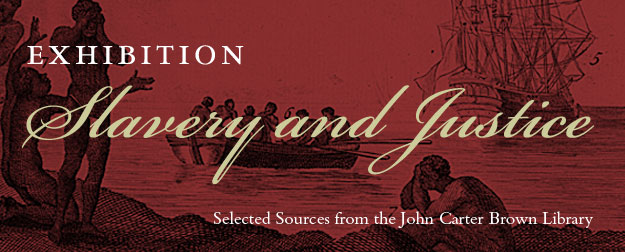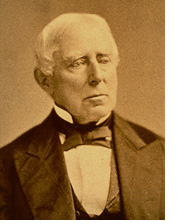


New England
Slavery and the Slave Trade in Rhode Island
The Brown Family
and the Slave Trade:
The Voyage of the Sally
Exhibition on Slavery
On October 18, 2006, the long-awaited Report of the Brown University Steering Committee on Slavery and Justice was released on the Brown University website, after three years of intensive research and debate. Much of that research was performed inside the John Carter Brown Library, where one of the world’s great collections of early Americana is housed.
 |
|
| John Carter Brown (circa 1870) |
|
The founders of Brown University included members of both camps, and the debate continued well into the nineteenth century. In the decades before the Civil War, however, Rhode Island grew notably hostile to slavery, and the founder of the Library, John Carter Brown, supported abolitionist causes with great vigor.
No exhibition can fully tell the story of slavery, in all of its tragic dimensions. But through these books and artifacts, we hope to convey a sense of the complexity of early American slavery, its slow rise, its geographical variants, and its countless, endless legacies. We offer this online exhibition—our first—in the hopes that it will stimulate the conversation further.

